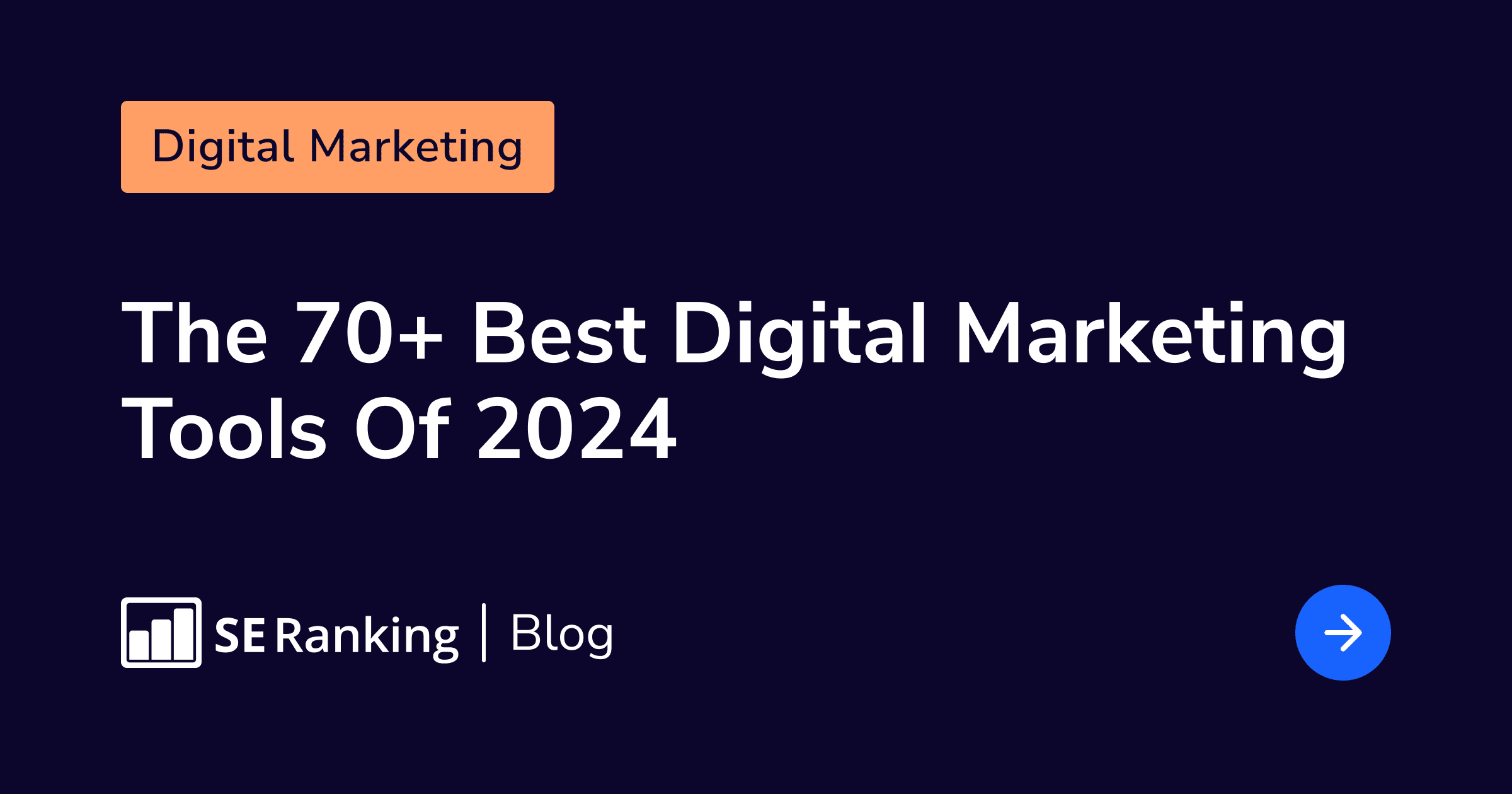
Authentication in AEM as a Cloud Service is a critical aspect of securing the platform. It also ensures that only authorized users have access to sensitive data and functionality. In this blog post, we will explore the different authentication options available in AEM as a Cloud Service for author environment, how authentication in AEM as a Cloud service works, how authentication in AEM as a Cloud Service differs from on-premise, and its limitations and best practices for implementing them. Authentication for end users in custom web application is not discussed in this blog.
Types of Authentications:
AEM as a Cloud Service supports several authentication methods, including:
Adobe IMS Authentication:
Adobe Identity Management System (IMS) is the default authentication mechanism provided by AEM as a Cloud Service. It allows users to log in using their Adobe ID credentials, which provides a secure and streamlined authentication experience. Adobe IMS Authentication is the recommended authentication method for AEM as a Cloud Service, as it is the most straightforward and secure option for most users.
Federated Authentication:
Federated authentication is a method that allows users to log in using their existing credentials from another trusted identity provider. This approach simplifies the login process for users and allows organizations to manage authentication centrally. AEM as a Cloud Service supports several federated authentication methods, including SAML and OpenID Connect.
Custom Authentication:
AEM as a Cloud Service also supports custom authentication methods, which allow organizations to implement their own authentication mechanisms. This approach is useful for organizations that have unique authentication requirements that cannot be met by Adobe IMS or federated authentication methods.
How Authentication in AEM as a Cloud Service Works:
Authentication in AEM as a Cloud Service is based on Adobe’s Identity Management System (IMS), which is a cloud-based identity and access management service. Here is an overview of how authentication works in AEM as a Cloud Service:
User Authentication:
When a user attempts to access an AEM as a Cloud Service instance, they are prompted to authenticate themselves using their Adobe ID credentials. These credentials are verified by Adobe IMS to ensure that the user is authorized to access the AEM instance.
Token Generation:
Once the user is authenticated, Adobe IMS generates an access token that is used to grant the user access to the AEM instance. The access token includes information about the user’s identity and their permissions within the AEM instance.
Token Verification:
When the user attempts to access a protected resource within the AEM instance, the access token is verified by Adobe IMS to ensure that it is still valid, and that the user has the required permissions to access the resource.
Single Sign-On:
If the user has already authenticated themselves to another Adobe Cloud service, such as Adobe Experience Cloud, they can be automatically authenticated to AEM as a Cloud Service using Single Sign-On (SSO). This provides a seamless and convenient authentication experience for users.
Federated Authentication:
AEM as a Cloud Service also supports federated authentication methods, such as SAML and OpenID Connect. These methods allow users to authenticate themselves using their existing credentials from another trusted identity provider.
Custom Authentication:
AEM as a Cloud Service also allows organizations to use custom authentication methods by building and deploying custom authentication solutions using Adobe I/O Runtime.
Authentication in AEM as a Cloud Service is based on Adobe IMS. It provides a secure and streamlined authentication experience for users. Users authenticate themselves using their Adobe ID credentials, and access tokens are generated and verified by Adobe IMS to grant access to protected resources within the AEM instance. Federated authentication methods and custom authentication solutions are also supported.
How Authentication in AEM as a Cloud Service is Different from AEM On-Premise:
Authentication in AEM as a Cloud service is different from on-premise in several ways and here are some of the key differences:
- Adobe IMS Authentication provides a streamlined and secure authentication experience for users by allowing them to log in using their Adobe ID credentials and is the default authentication method for AEM as a Cloud service. AEM on-premise, on the other hand, typically requires the implementation of custom authentication solutions.
- AEM as a Cloud Service supports several federated authentication methods, including SAML and OpenID Connect. AEM on-premise also supports federated authentication, but the implementation can be more complex and requires more customization.
- Scalability and Reliability: AEM as a Cloud Service is a cloud-native solution that is designed to be highly scalable and reliable. This means that authentication services can be automatically scaled up or down based on demand, ensuring that users can always log in quickly and securely. AEM on-premise, on the other hand, requires organizations to manage their own infrastructure, which can be less scalable and reliable.
- Maintenance and Upgrades: AEM as a Cloud Service provides automatic updates and maintenance, which ensures that the authentication mechanisms are always up-to-**** and secure. AEM on-premise requires organizations to manage their own upgrades and maintenance, which can be time-consuming and complex.
- Customization: AEM as a Cloud Service allows organizations to customize authentication mechanisms using Adobe I/O Runtime, which is a serverless platform for building and deploying custom authentication solutions. AEM on-premise also allows for customization, but it requires more development effort and expertise.
In summary, authentication in AEM as a Cloud Service provides a more streamlined, scalable, and reliable experience for users compared to AEM on-premise.
Best Practices for Authentication:
To ensure a secure and reliable authentication mechanism in AEM as a Cloud Service, organizations should follow these best practices:
- Use Adobe IMS Authentication or federated authentication whenever possible.
- Implement multi-factor authentication to enhance security.
- Use a secure authentication protocol, such as HTTPS or TLS.
- Use a dedicated authentication service, such as Adobe I/O Runtime, to handle authentication requests.
- Regularly review and update authentication policies to ensure they remain secure and effective.
Limitations:
While authentication in AEM as a Cloud Service offers several benefits, there are also some limitations that organizations should be aware of. Here are some of the key limitations:
- Limited Customization: While AEM as a Cloud Service supports custom authentication methods, the level of customization is limited compared to AEM on-premise. For example, organizations may not be able to customize the authentication UI as much as they can in AEM on-premise.
- Limited Integration: AEM as a Cloud Service has limitations when integrating with other identity providers. While it supports federated authentication methods, some organizations may require more advanced integration capabilities such as hardware security module, and built-in support for MFA that are not available in AEM as a Cloud Service.
- Limited Control: AEM As a Cloud Service cannot be directly connected to LDAP or Active Directory. This can be achieved through Single SignOn using SAML Integration.
- Compliance Limitations: AEM as a Cloud Service may have compliance limitations depending on the organization’s industry or regulatory requirements. For example, some organizations may need to comply with HIPAA, PCI-DSS, or other security and compliance standards that require specific authentication mechanisms not available in AEM as a Cloud Service.
- Limited Visibility: AEM as a Cloud Service provides limited visibility into the authentication process, which may make it more difficult for organizations to troubleshoot issues or monitor authentication logs.
While authentication in AEM as a Cloud Service provides several benefits, there are also limitations that organizations should be aware of. Organizations should evaluate their authentication requirements carefully. This will ensure that AEM as a Cloud Service meets its specific needs before implementing it as its authentication solution.
Conclusion:
Authentication is a critical aspect of securing AEM as a Cloud Service. This ensures that only authorized users have access to sensitive data and functionality. By following best practices and using the right authentication method, organizations can ensure a secure and streamlined authentication experience for their users. Adobe IMS Authentication and federated authentication are the recommended authentication methods for most organizations, while custom authentication methods should be used only when necessary.



